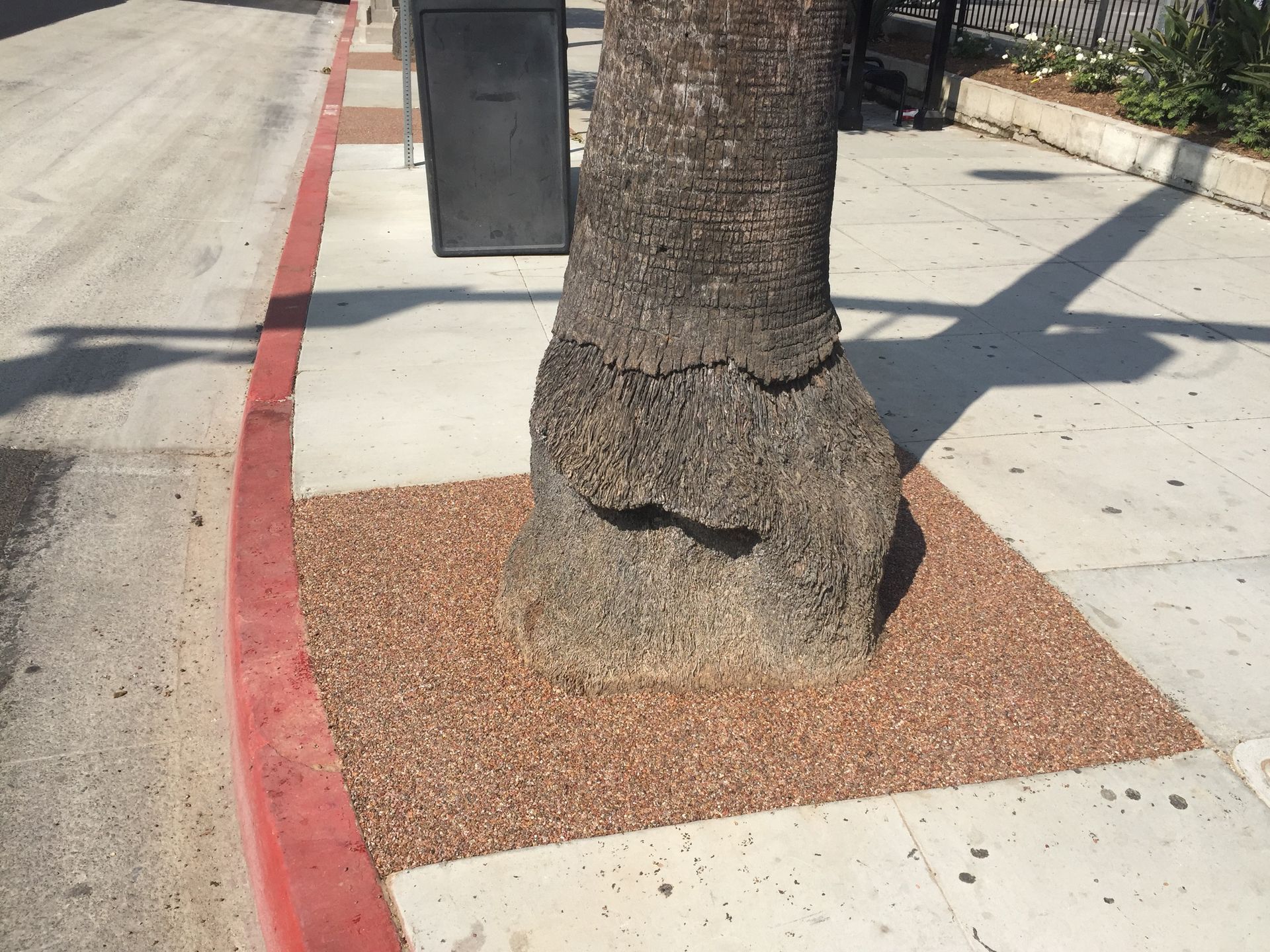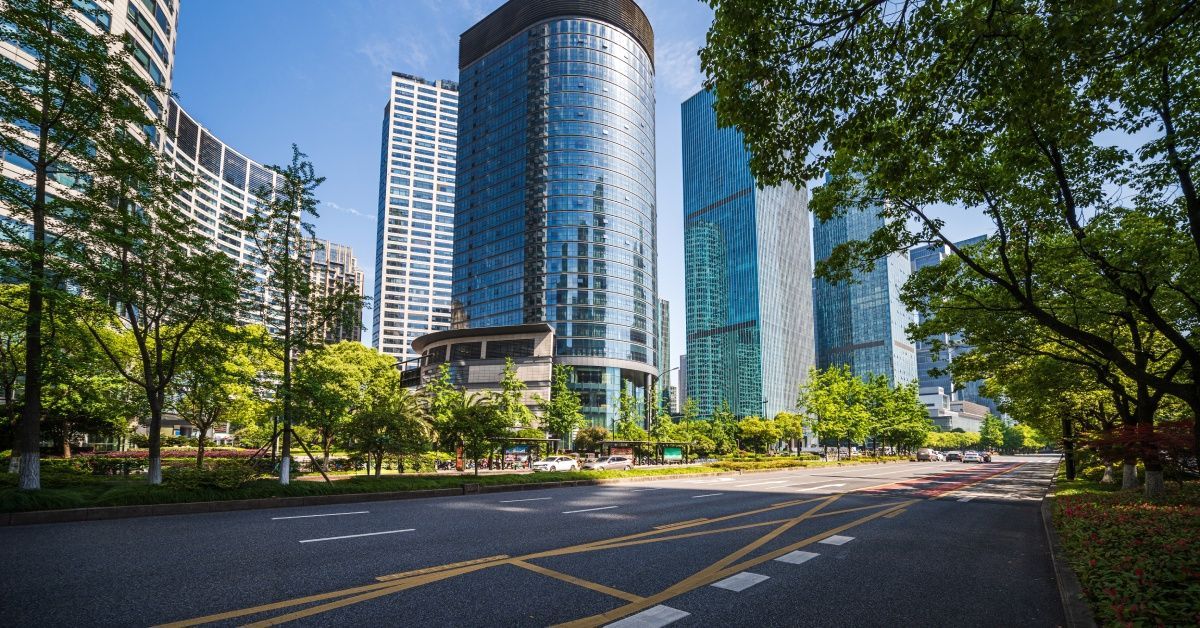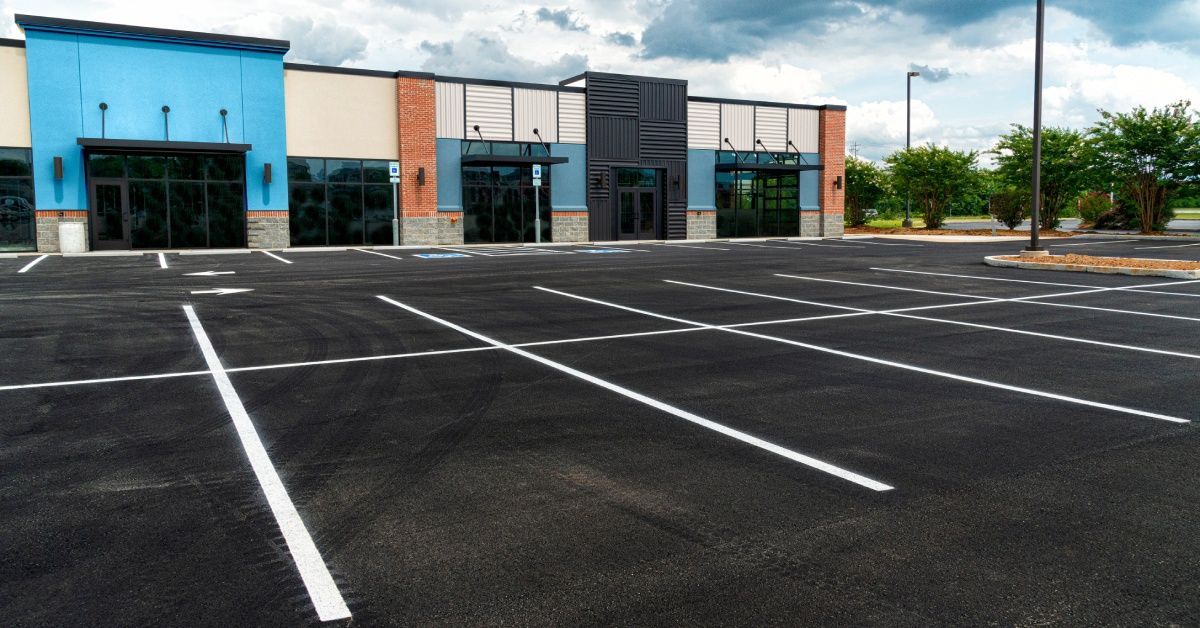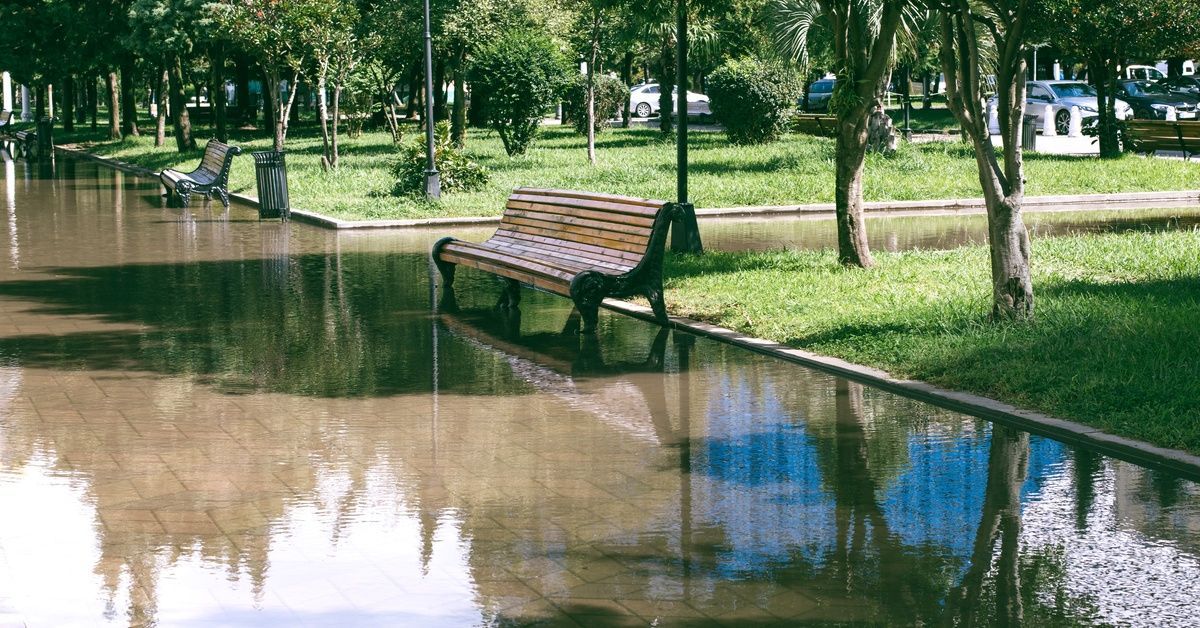Facts About Permeable Paving You Should Know
Permeable gravel is an increasingly popular paving option among urban planners, landscapers, and developers. Permeable paving, and especially permeable gravel, is an excellent alternative to traditional paving materials, such as concrete and asphalt, as it offers numerous benefits. The latter materials create eco-unfriendly and structure-threatening issues through significant water runoff, leading to flooding, erosion, and water pollution. In contrast, permeable paving permits water to infiltrate the ground, reducing flooding, pooling, and pollution entering the waterways. Here are a few more essential facts about permeable paving you should know. Soon, you’ll understand why it’s a valuable choice for businesses and city developers wanting to create sustainable and efficient urban landscapes.

Permeable Paving: What Is It?
Permeable paving refers to paving materials and techniques that, among other benefits, allow water to pass through the surface and into the ground below. Unlike traditional, impervious paving materials, permeable options facilitate water’s natural movement, replenishing groundwater supplies and reducing surface runoff. In short, permeable paving is an excellent means to control the presence and effects of water on a property. Keep reading to discover additional benefits!
Environmental Sustainability
One of the primary advantages of permeable paving is its eco-friendliness. As mentioned, water will pool and run off parking lots and similar surfaces that motorized vehicles frequent, carrying with it any gas, oil, or similar poisons and trash left behind. That contaminated water makes its way into the surrounding landscape, infiltrating the soil and nearby bodies of water and polluting them. Permeable paving strains the water, removing pollutants and allowing the water to infiltrate the ground, reducing surface runoff and escaped pollutants, improving the water quality for the community and region. Furthermore, permeable paving systems, including permeable gravel, often incorporate natural materials, reducing the carbon footprint associated with manufacturing and installation.
Flood Prevention
Not to belabor the point, but permeable paving is highly effective in managing stormwater. Preventing pollution runoff is just one benefit. During heavy rainfall, traditional paving may lead to significant runoff that overwhelms local drainage systems and causes flooding. Permeable paving mitigates this risk by allowing water to percolate into the ground, reducing the volume and speed of runoff. Customers and others will appreciate returning to their cars without negotiating large puddles or finding themselves stuck and stalled out in one while trying to exit the property.
Aesthetic Appeal
Asphalt, concrete, and cement tend to offer the same old color spectrum, running between black and grey. On the other hand, permeable paving is available in a range of materials, textures, and colors, providing builders and planners with the flexibility to create visually appealing designs or to liven up otherwise ho-hum-looking properties. Permeable paving is readily customizable to match the aesthetic requirements of the project, whether you’re designing a public park, a residential parkway, or a commercial plaza. And again, people using the facility will appreciate the greater variety.
Greater Longevity
Permeable paving materials are often more durable than traditional options. For example, permeable gravel systems, such as those offered by Rockpave, use a unique binder technology that provides UV stability, flexibility, durability, and tremendous strength. This technology ensures your paving system lasts longer and requires less maintenance over time. Permeable gravel is a high porosity surfacing system designed for efficient surface water drainage, composed of natural aggregates bound together by a resin that allows water to pass through while maintaining structural integrity. Altogether, permeable gravel provides plenty of strength and character that will last for many years.
Permeable Paving Applications
Permeable paving is ideal for areas with high traffic, such as parking lots, tree pits, paths, walkways, roof gardens, and other applications. Here are a few more details.
Commercial Parking Lots
Commercial parking lots significantly benefit from permeable paving. Permeable paving prevents flooding and water pollution by reducing surface runoff, creating a safer and more sustainable environment for businesses and their customers. That’s a big benefit if the region in which a business operates experiences freezing winters. Permeable paving also reduces the heat island effect concrete, cement, and asphalt parking lots induce during the hotter months.
Public Parks and Recreational Areas
Public parks and recreational areas often incorporate permeable paving to manage stormwater and create visually appealing pathways and seating areas. The use of natural materials, such as permeable gravel, enhances the overall aesthetic and environmental quality of these spaces, creating a firm surface with a somewhat softer appearance.
Green Roofs and Gardens
Contractors can use permeable paving to create green roofs and gardens to manage water runoff and promote plant growth, as it allows more water and nutrients to reach the plants’ roots. Permeable paving supports healthy vegetation and reduces the need for artificial irrigation by allowing water to infiltrate the soil. Permeable paving is also a great option for greenhouses and other indoor gardens!

Key Considerations for Urban Planners and Others
Keep the following requirements at the top of your list before deciding on permeable paving.
Site Assessment
Conduct a thorough site assessment before selecting a permeable paving system. Factors such as soil type, drainage patterns, and expected traffic loads will influence the choice of materials and design. Some areas may be less ideal for permeable paving.
Maintenance Requirements
Permeable paving systems are generally low maintenance, but they do require periodic cleaning and assessment to prevent clogging, ensure optimal performance, and prompt repairs due to wear and tear. Planners should factor in these maintenance needs when designing and budgeting for a project.
Cost Considerations
The bottom line! The initial cost of permeable paving materials and installation is higher than traditional options. However, the benefits, including reduced maintenance, longer life, and sustainability, often justify the investment in the long term.
Regulatory Compliance
Rules are rules, and builders, architects, and landscapers must ensure permeable paving projects comply with local regulations and standards. These standards may include requirements related to stormwater management, environmental impact, and accessibility. Seek approval before installation, or you may face legal and financial issues.
Those are just a few facts about permeable paving you should know. Contact us for a consultation if you have other questions or are ready to explore the benefits of permeable paving for your next project. We’ll be glad to discuss
permeable gravel and other options to transform your project and property!











